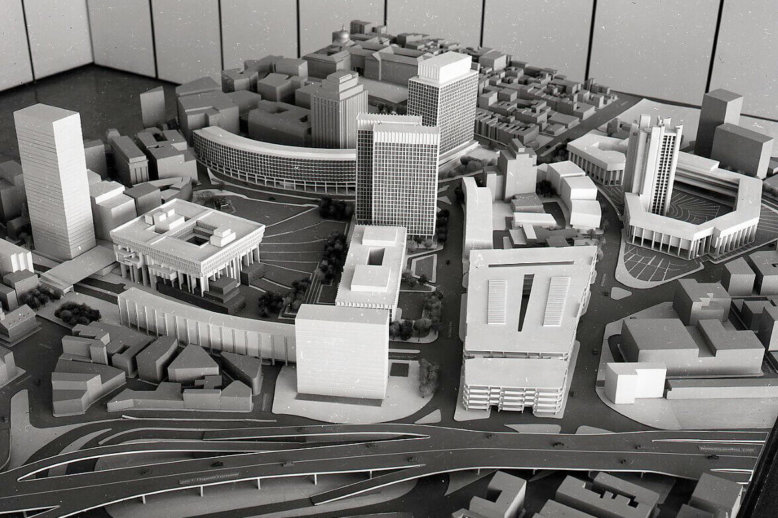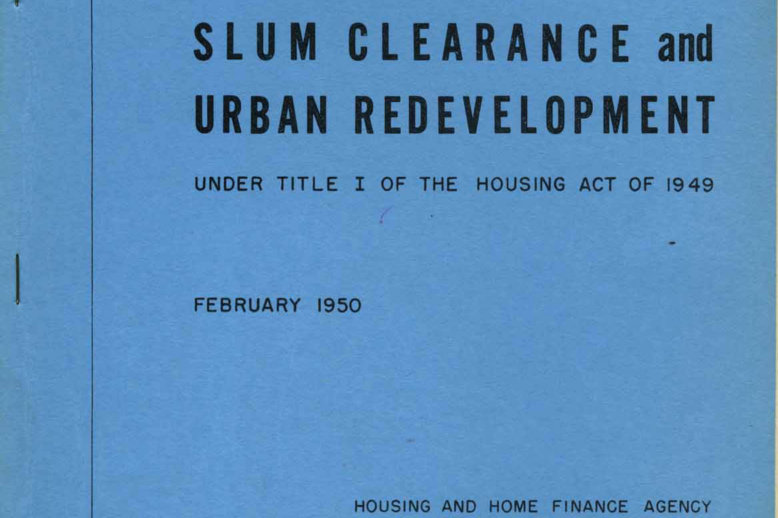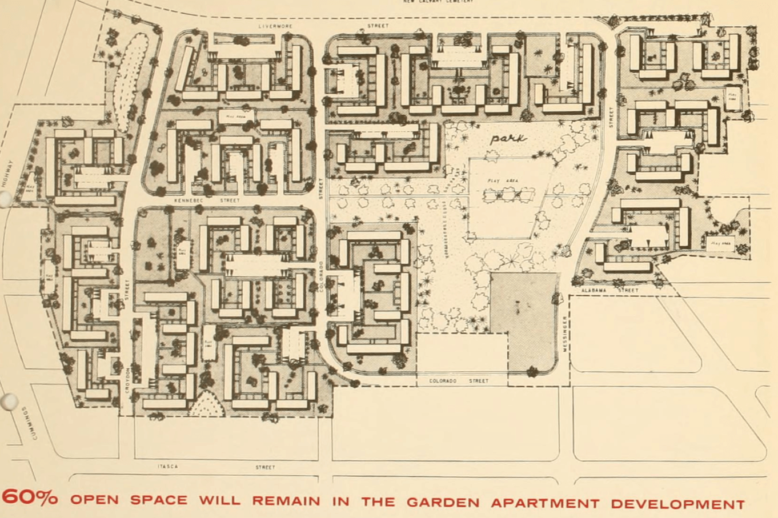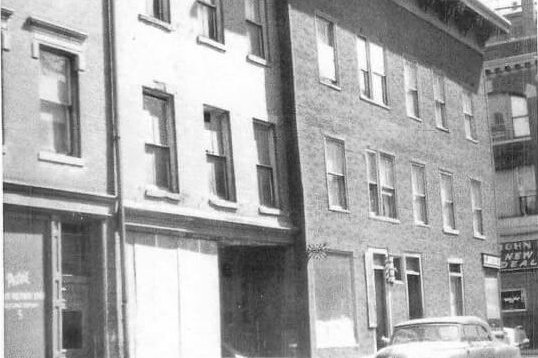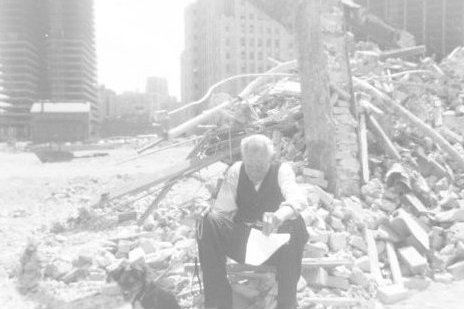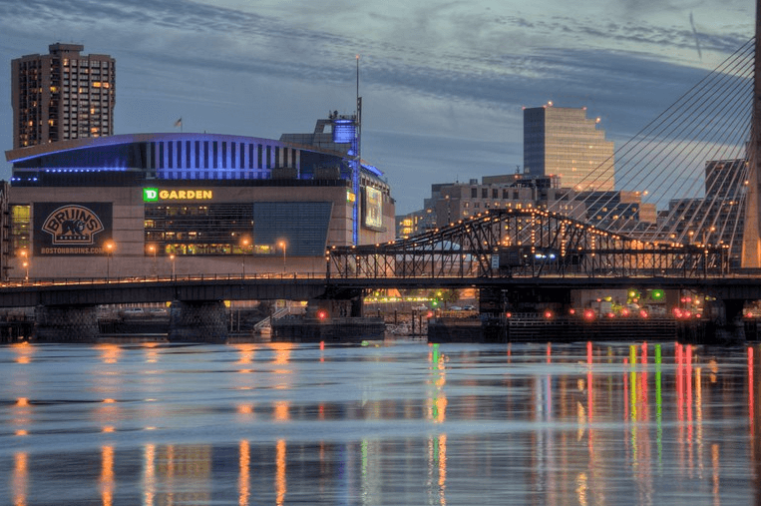Topic: Urban Renewal
Urban renewal, the West End Project, the North Station Project, the Government Center Project, City Hall, renewal projects in other cities
Scollay Square was a vibrant entertainment hub in Boston from the mid-19th century to the early 1960s, known for its burlesque theaters, comedy shows, boisterous bars, and eclectic mix of businesses. Located directly next to the West End at the intersection of Cambridge, Court, and Tremont streets, it attracted both locals and out-of-town visitors, including sailors, with its lively nightlife and commercial offerings. The area was demolished in 1962 as part of an urban renewal project, to be replaced by Government Center.
Boston’s brutalist buildings are divisive, having inspired decades of both contempt and praise. The Government Center Project and its brutalist structures are the result of, and symbols of, debates surrounding urban renewal planning in the 1950s and ‘60s. The divergence in opinions between architectural and political elites and ordinary people is illustrative of larger issues and trends related to the Urban Renewal and New Boston movements.
While the demolition of the West End began in 1958, the momentum for its destruction and for the federal urban renewal program itself began 20 years earlier, in the aftermath of the Great Depression. The Housing Act of 1949 would later mark the official birth of the federal Urban Renewal Program. Although it aimed to revitalize struggling inner cities, it often did so at the expense of established communities and displaced residents.
The Mattapan Project was first mentioned by the Boston Housing Authority in 1952 and later by the Boston Redevelopment Authority in 1962 as a possible urban renewal project. Despite the preliminary planning funding being granted in 1963 and the urban renewal application prepared in 1964, the project was dropped by the City of Boston. The delays in the Mattapan Project’s site development and the eventual abandonment of the plan helps to demonstrate the changes in public opinion on urban renewal projects of the time.
The Lost Streets of the West End: Minot Street was one of the dozens of narrow, residential, West End streets razed by redevelopment in the 1950s. While the two street blocks on the northern side of the redevelopment zone were changed profoundly by urban renewal, the site’s rich history represents the constantly shifting geography of the Boston cityscape over the past two centuries.
Urban renewal projects, like that in the the West End, have long promised to revitalize aging urban areas, create economic opportunities, and improve living conditions for residents. Despite these positive intentions, urban renewal has also resulted in false promises, the physical destruction of neighborhoods, and forced removal of residents. Such negative impacts have resulted in social isolation, lost social connections, and loneliness.
Charles River Park is an apartment complex built on 45 acres of the historic West End, soon after its demolition. Jerome Rappaport, Sr., attorney for Charles River Park, Inc. and one of the corporation’s early investors, was politically connected to Mayor John Hynes, whose platform for a “New Boston” was the pretext for urban renewal. The vast majority of West Enders could not afford the luxury apartments that replaced their homes. The first tenants of Charles River Park were offered many modern, communal amenities – intended to attract young professionals and suburban families alike.
Urban renewal is a process that aims to revitalize and transform urban areas to meet changing societal needs, but it can also have far-reaching consequences, particularly in terms of population and housing dynamics.



